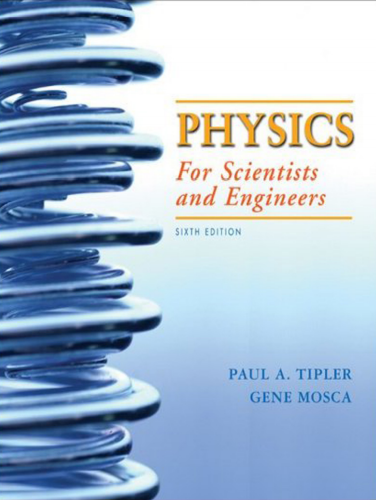Modern Electrodynamics
Modern Electrodynamics
42 Visitas | 33 Descargas | 2021-07-11 06:54:46 | renrique
Descripción
In his Lectures on Physics, Richard Feynman asserts that “ten thousand years from now, there can be little doubt that the most significant event of the 19th century will be judged as Maxwell’s discovery of the laws of electrodynamics”. Whether this prediction is borne out or not, it is impossible to deny the significance of Maxwell’s achievement to the history, practice, and future of physics. That is why electrodynamics has a permanent place in the physics curriculum, along with classical mechanics, quantum mechanics, and statistical mechanics. Of these four, students often find electrodynamics the most challenging. One reason is surely the mathematical demands of vector calculus and partial differential equations. Another stumbling block is the non-algorithmic nature of electromagnetic problem-solving. There are many entry points to a typical electromagnetism problem, but it is rarely obvious which lead to a quick solution and which lead to frustrating complications. Finally, Freeman Dyson points to the “two-level” structure of the theory.1 A first layer of linear equations relates the electric and magnetic fields to their sources and to each other. A second layer of equations for force, energy, and stress are quadratic in the fields. Our senses and measurements probe the second-layer quantities, which are determined only indirectly by the fundamental first-layer quantities.
Detalles
| Editorial: | Cambridge University Press |
| Autor(es): |
ANDREW ZANGWILL |
| ISBN: | 978-0-521-89697-9 |
| Año: | 2012 |
| Páginas: | 999 |
| Lenguaje: | English |
| Tamaño: | 10.44 MB |
| Categoría: | Física |
| Etiquetas: |
Otros Libros de "Física"
Contribuir
Usted puede contribuir con Libros UCLV, es importante para nosotros su aporte..
Contribuir


